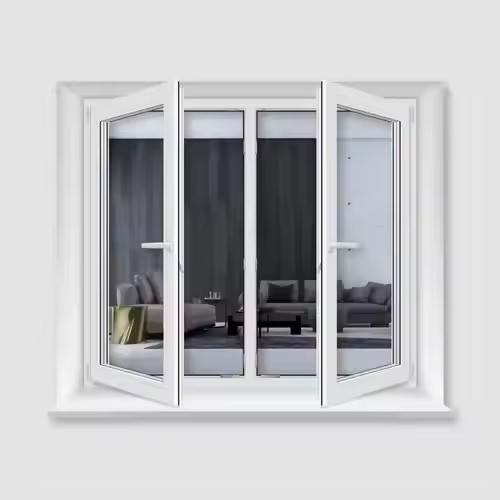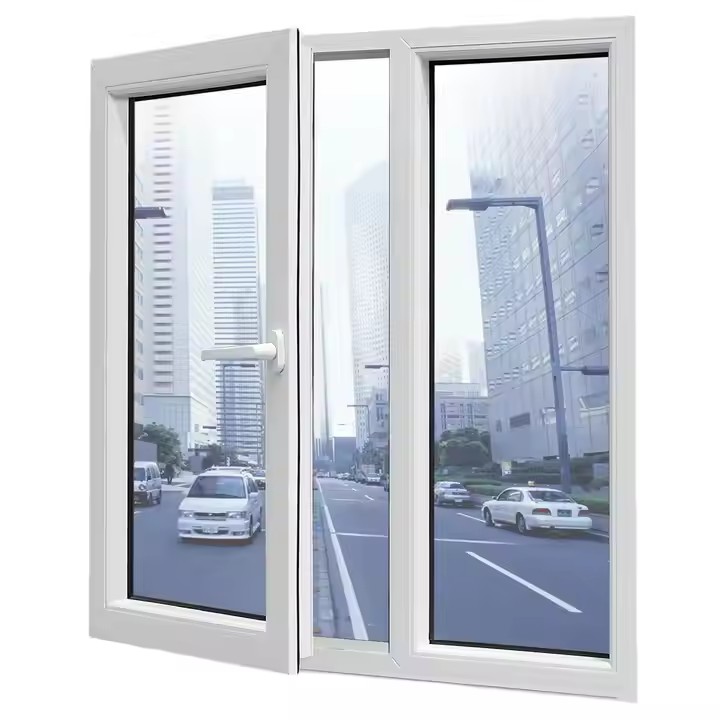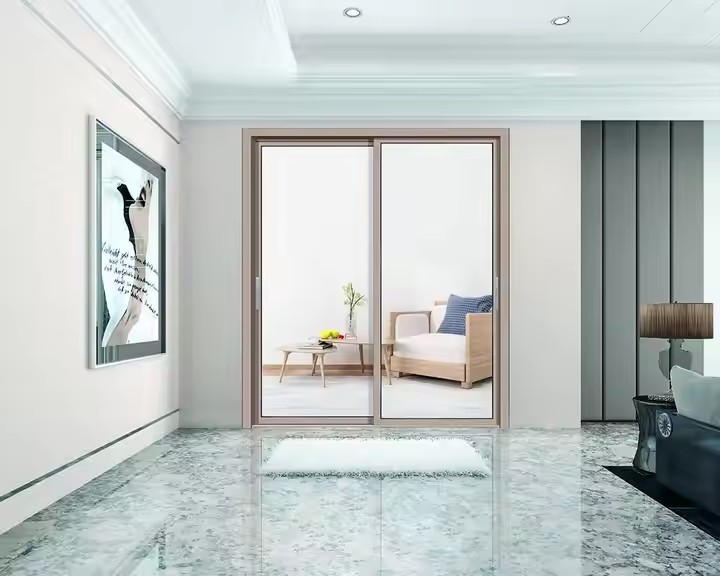Understanding Market Demand and Characteristics
Regional differences: Australia is vast, with significant climate variation. In tropical northern regions such as Queensland, sliding doors must provide strong sun protection and ventilation. Low-E glass combined with sliding window designs can block more than 90% of UV rays while improving airflow. In temperate southern regions like Melbourne, insulation is the priority. Thermal break aluminum frames paired with double-glazing can reduce the U-value to below 1.5W/(㎡·K), meeting local energy-efficiency standards. Understanding regional needs is essential for sales strategy.
Focus on quality of life: Australian consumers value comfort and lifestyle quality, and they expect high standards for safety, sound insulation, and aesthetics. For example, in coastal high-wind areas, sliding doors must comply with AS 1288 impact standards, using laminated glass and other reinforcements.
Diverse architectural styles: From modern minimalism to traditional English and European designs, Australia’s architecture is varied. Sliding door design must harmonize with local building styles to meet consumer expectations for overall aesthetics and avoid stylistic conflicts.

Ensuring Compliance with Local Standards
Basic performance certification: Australia enforces strict entry standards for doors and windows. Sliding doors must comply with AS 2047, covering wind pressure resistance (up to 1.5kPa), airtightness (≤2.5m³/(m·h) at 75Pa), and water tightness (no leakage at 150Pa). Companies can use one-stop services from organizations like Intertek—including testing, factory audits, and energy evaluations—to obtain certification. The process typically takes 4–8 weeks, with costs ranging from RMB 10,000 to 50,000 depending on product complexity.
Green building certification: Achieving Green Star ratings significantly enhances competitiveness. For example, using vacuum glazing and polyurethane frames can reduce U-values below 1.0W/(㎡·K), meeting near-zero energy standards and supporting green building certification.
Fire safety certification: In bushfire-prone areas, sliding doors must pass AS 1530.3 fire tests, ensuring structural integrity for 30 minutes under 900°C flames.
Choosing the Right Market Entry Model
Direct export: Companies can build their own foreign trade teams or leverage e-commerce platforms to sell directly to Australian distributors, contractors, or end consumers. For example, Rognerland Windows and Doors expanded into Australia through a hybrid model of self-export and trading company partnerships.
Partnering with local distributors: Local distributors are familiar with the market environment, sales channels, and customer preferences. Chinese sliding door companies can collaborate with them to enter the market more effectively. For instance, Feilong Windows and Doors participated in the Australian International Building and Design Expo, building connections with local builders, developers, and distributors to secure orders.
Joint ventures: Establishing joint ventures with Australian companies combines local capital, technology, and market knowledge with China’s manufacturing strengths. For example, Chengdu Lipton Windows formed a China-Australia joint venture, introducing high-performance alloy mesh and advanced glass technologies to produce innovative sliding door products.
Strengthening Brand Marketing and Promotion
Exhibitions: Trade shows such as the Australian International Building and Design Expo are vital platforms for Chinese sliding door companies to showcase products, increase visibility, and directly connect with customers. Launching new products and technologies helps attract potential clients.
Online marketing: Promote brands and products through mainstream Australian media and social media platforms. Establish corporate websites offering detailed product and service information to facilitate inquiries and engagement.
Word-of-mouth marketing: Delivering high-quality products and services builds trust and positive reviews, leveraging customer recommendations to expand influence. For instance, ensuring top-quality installation and after-sales service encourages satisfied customers to recommend the brand.

Local R&D and Production Deployment
Material innovation: To cope with Australia’s high UV exposure, fluorocarbon-coated aluminum profiles can provide more than 10 years of weather resistance. In coastal regions, laminated glass meeting AS 1288 impact standards can withstand high-wind conditions.
Smart system integration: Align with Australia’s sustainable building trends by integrating intelligent shading and solar glass technologies. For example, PA Windows applied photovoltaic glass in a Melbourne project, generating up to 2,000 kWh annually, supporting sustainable development goals.
Modular design: Standardized components help reduce transport costs. For example, China Liansu Group built a 30,000㎡ showroom in Sydney and leveraged its “Liansu Global” platform to rapidly deliver modular products.

